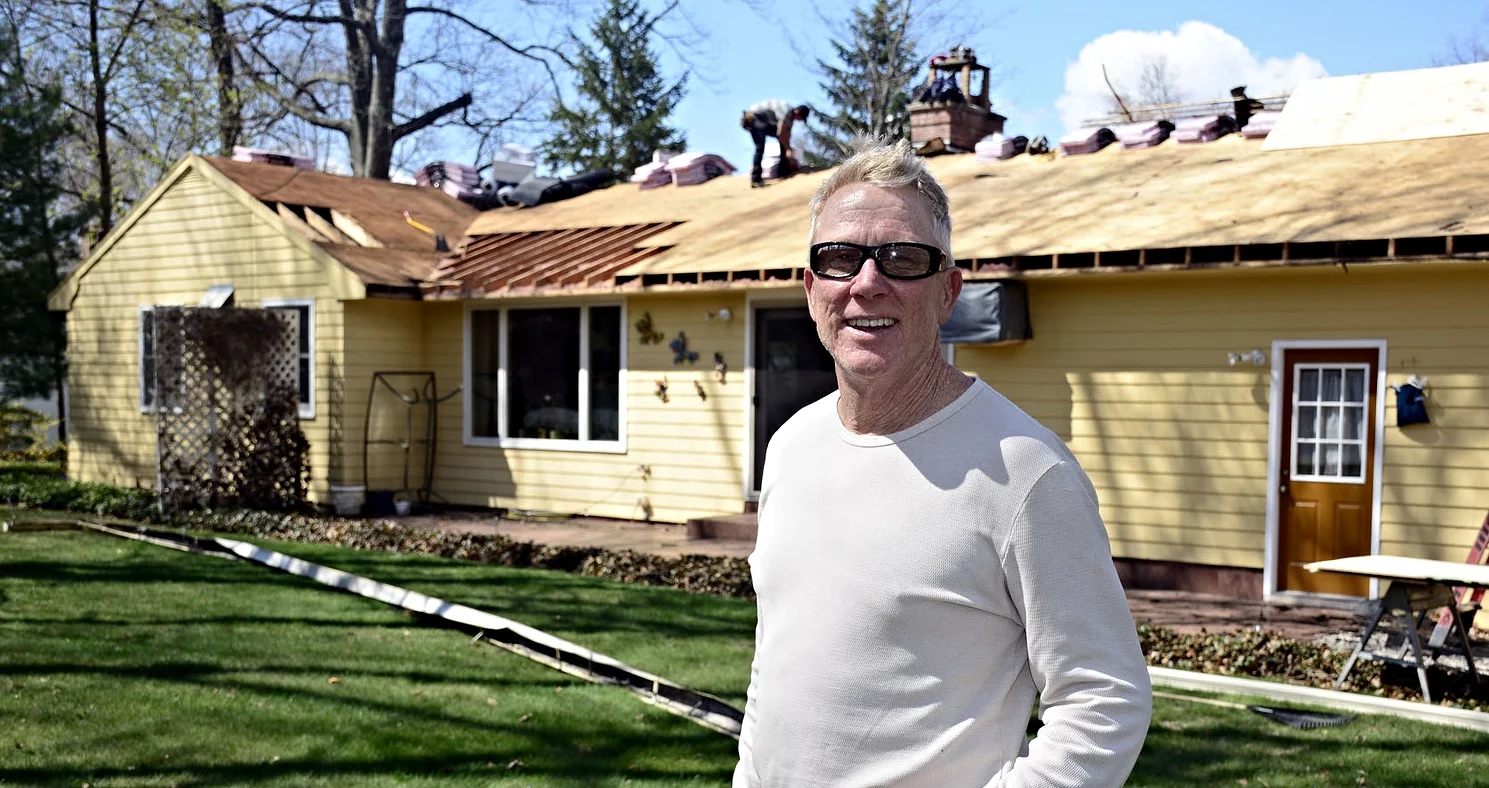Get rid of ice dams once and for all
Chelsea O'Donnell
Last week we talked about ice dams, the pesky water build-ups that freeze in your gutters and leave a massive frozen dam that can wreak havoc on your house. As temperatures below freezing become a more regular occurrence for us Connecticutians, it’s a good idea to understand how you can prevent ice dams, and how to safely remove them as a temporary measure.
Ice dams generally form on the outside of homes that aren’t properly insulated and ventilated. The snow and ice on the roof begins to melt, and it slides down the pitch before refreezing into what eventually becomes a nasty layer of ice build-up. Because the water doesn’t have anywhere else to go, it can start to seep into your walls, causing costly leaks inside the home.
So how do you stop this from happening? Firstly, take advantage of a free insulation inspection offered by a local expert. A remodeler can check your attic to see if you have sufficient insulation and ventilation. Over 75 per cent of homes I visit don’t have proper insulation, which will not only allow ice dams to form, it will also let that brutal winter wind come right into your house. Luckily, insulation is an easy and cost-effective solution, which pays for itself in both energy efficiency and resale value.
A quicker fix is to use heated cables, which you can buy at your local hardware store. By installing these cables on the base of your roof, you will level out the temperature, allowing the snow to melt and the water to drain off the roof and through your gutters like it’s supposed to. Of course, the cables must be installed before the snow hits, when your roof is dry. A 200-foot cable will run you about $150.
These solutions are both very effective, but what if you have an ice dam now? Firstly, be very careful about hacking at the ice with a shovel or pitchfork, as you’ll very likely damage your roof or gutters, and possibly injure yourself in the process. If you have a leak in your attic, start by using a fan to blow cold air at it, which will equalize the temperature and temporarily stop the water from getting in. Then start to pull any excess snow off the exterior of the roof with a shingle safe roof rake. Once the roof is clear of snow, you can use calcium chlorate ice melter to begin tackling the dam. If you have some old, long socks or a pair of pantyhose, you can fill them with ice melter to keep it in place, rather than allowing it to run off the roof with the melting ice. Keep an eye out for ice melters that are specific to roofs, so you can be sure the chemicals won’t damage your shingles. Do not use rock salt!
Remember, this is only a temporary fix and won’t prevent future ice dams from forming. Also, ice dam removal can be dangerous work, so only attempt it if you are very comfortable working on a ladder. If not, contact a professional for help.
